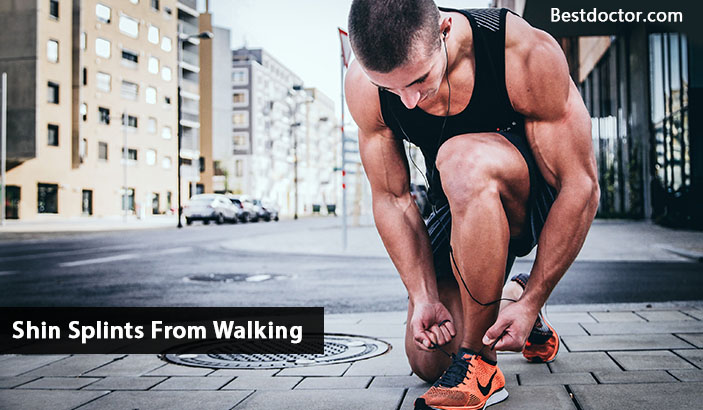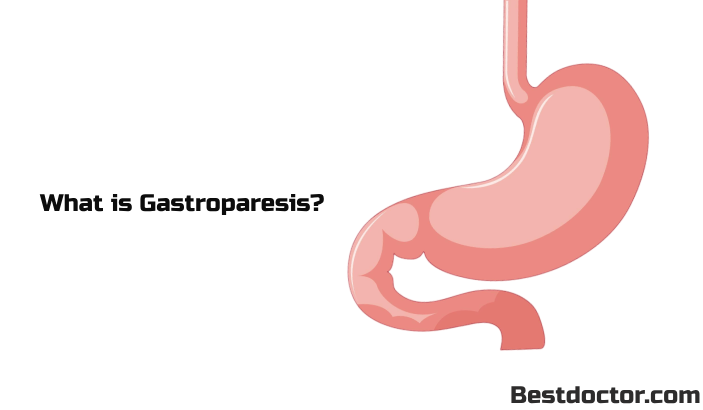Are your shins aching and throbbing after a daily run or by mere sprint if so this could be shin splints from walking or from any other risk factors of shin splints. Doctors term it as ‘medial tibial stress syndrome’ (MTSS). Confused about what we are saying let’s see it in simpler words: Shin splint is a kind of pain in the shinbone (tibia) that is usually caused due to physical activities like exercise or running. Though not a serious medical condition it can cause havoc in day-to-day activities if left untreated.
Most often it affects athletes however, even commoners could get it. A report said that nearly 35% of leg injuries related to runners fall under this category. If you are worried about how to avoid shin splints from walking. Here in view of this grave situation let us see what shin splints are, how to treat shin splints from walking, and other details to be away from it.
What Are Shin Splints?
As said above “shin splint” is a kind of pain that occurs along the shin bone’s inner edge. It is a condition that may come following physical activity, exercise, or running. People experience a kind of inflammation in the tendons, muscles, and bone tissues around the tibia. Pain is high at the point where muscles link to the bone (tibia).
Symptoms Of Shin Splints
The following are some of the symptoms where you myst know;
- Mild pain at the front side of the lower leg
- Mild or severe pain that develops while exercising
- pain on both sides of the shin bone
- Pain in the muscles (leg part)
- Ache, soreness, and tenderness along the lower leg’s internal part
- Mild swelling in the lower leg
- Weakness and numbness of feet
Causes Of Shin Splints
In general, shin splints are due to repeated stress on the tibia and the connecting tissues that connect muscles to the bone.
The other causes or risk factors include;
- Running too much or exercising too much
- Excessive flattening
- Activities that put more pressure on legs
- Tight calf muscles
- Exercise with high intensity & frequency
- Running on uneven terrains like hills, plateaus, and uneven surfaces
- Having high arches or flat feet
- Weak hips, ankles and core muscles
In addition to these many have one big doubt: Can you get shin splints from walking? And the answer is YES, shin splints from walking too may arise. If you can make out from whatever we have said above, it is clear that shin splints from running are common. In the same way, shin splints from walking too can lead to it but only when you overstride which means extending the leading foot too ahead or forward. Excessive flattening of the feet while walking can also lead to it.
There are also chances for shin splints in pregnancy to happen due to increased weight on legs.
How Long Do Shin Splints Last?
This is the most common question that’s posed to the doctors as well as the most searched question in Google related to shin splints. The answer to how long does shin splints from walking lasts isn’t in a word or two as it is spread over time.
The initial stage lasts for about 3 days to a week, followed by this is the duration of 3 to 4 weeks where the body tries to heal the damaged tissue. The last and final phase is the tissue remodeling stage which again is 2 to 4 weeks.
All these put together the time it lasts sums up to about 7 to 9 weeks.
How To Prevent Shin Splints From Walking?
Following these steps can avoid you from shin splints from walking;
- Wear befitting shoes that give good comfort and support to your foot
- Use insoles that are capable of absorbing shocks
- Avoid exercises on hard, slanted surfaces and uneven terrain
- Don’t suddenly increase exercise intensity
- Prefer warmups before exercise
- Engage in exercises good for calf muscles & hip
- Stretch properly and avoid exercises when in doubt
When To See A Doctor For Shin Splints?
Most often they cure on their own but at times a doctor’s intervention may be needed in case…
- The pain continues even after taking home remedies such as icing, pain relievers, rest, foregoing exercises and not straining the leg too much.
- Continued swelling
- A kind of reddishness on the shin
- Persistent hot sensation
Despite all these odds and commonness of shin splints a timely diagnosis and proper treatment can cure it. However, it may again repeat if proper above said prevention tips are not followed especially the shin splints from walking can easily reoccur.
Sudheendra is a passionate blogger for 8 years and holds a Degree in Journalism & Mass Communications. His writings particularly focus on health, medicine, diet & lifestyle. For him, everything that interlinks and relates to health & medical world entices him. His write-ups aim at educating people not by just giving facts but by infusing human touch.








Enhancing Your Career Opportunities with Improved Vision from LASIK Surgery in Manhattan
What Does Cloudy Urine Mean in Females and Males?
Palmar Hyperhidrosis: Understanding Causes, Symptoms, and Treatment
16 Warning Signs You Need to Go See Your Doctor As Early As Possible